Microsoft New Commerce Experience – a revisit
27 October, 2022

Now that NCE is about six months in, amid existing confusion, it really doesn’t hurt to take a refresher look at the latest changes, updates, and navigate through the complexities of how subscription and licenses work, and what are your options.
Key dates and some changes
10 March 2022
The enforcement date in which any net new subscriptions must be purchased in NCE.
Pro tip: To determine if the subscription is in NCE or legacy, simply look at the subscription creation date.
11 July 2022
The cross over date in which any legacy subscriptions that had a renewal date post 11 July would be required to be renewed in NCE. This date was changed from 1 July to 11 July. However, in late June, Microsoft announced that they will continue to support the legacy auto-renewal functionality beyond 11 July indefinitely.
Pro tip: If you have customers still transacting in legacy, you may maintain and leave them on there, with no requirement to migrate them to NCE. Read more about this roll back here:
https://learn.microsoft.com/en-us/partner-centre/announcements/2022-june#16
31 December 2022
Incentives in legacy ends, i.e. Any legacy seat-based subscriptions where you receive rebates directly from Microsoft. This was originally set for 30 September, however, Microsoft has announced that they have extended this end date to 31 December 2022.
Pro tip: While there is no requirement for partners receiving incentives to migrate to NCE, but you may want to consider moving anyway, if you wish to continue enjoying those incentives from Microsoft after 31 December 2022. Read more about this here:
https://learn.microsoft.com/en-us/partner-centre/announcements/2022-january#9
Legacy CSP vs NCE
Even though 10 March is the date we use as the official NCE enforcement date, in reality, the NCE platform has been with us for a number of years. Those transacting in Azure consumption, Reservations, Azure Marketplace, Server subscriptions, or licenses for perpetual software, were already engaging in the NCE billing platform.
When NCE came into enforcement, the most heavily affected products were Windows 10 E3/E5, Office 365, EMS E3/E5, Microsoft 365, Windows 365, Power Platform, and Dynamics 365.
Subscription terms in legacy CSP
For now, Microsoft is continuing legacy subscriptions indefinitely (this may or may not change in the future). This only applies to existing customers on the legacy platform and not net new subscriptions.
The common misconception on legacy subscriptions is that they don’t have a commitment term. This is not true, as all core products except Dynamics 365 in the legacy billing have always had a 12-month subscription term, billed monthly or annually. Dynamics 365 has a 12-month or 36-month subscription term.
The key differentiator that separates legacy and NCE is the concept of subscription term enforcement. Subscription terms in legacy were not enforced which simply means you can cancel, stop, or suspend at any time.
Under NCE – 1 month, 12 months, and 36 months subscription
Month-to-month
The month-to-month subscription is not a new concept. Microsoft has been selling month-to-month subscriptions directly to end users for some time. For the channel, it didn’t affect us, as it has always been a commitment term of 12 months, with no early termination fees or term enforcement.
Pro tip: Month-to-month subscription term in NCE should not to be confused with legacy which have a 12-month subscription term with a monthly bill frequency.
The month-to-month subscription term allows a customer to have more flexibility to change the number of licenses on a month-by-month basis. However, the shorter commitment term comes with a premium price of 20% more than annual term subscriptions.
Partners can use the month-to-month as their primary offering to mitigate risks. You can cancel at the end of any month with no further payment obligations. The cancellation policy is 7 days from the beginning of the subscription term.
Partners can change their month-to-month subscriptions to annual term with the new pricing reflected at the next bill cycle.
12 months
Annual subscriptions remain the same as legacy, with the same monthly and annual bill frequency options.
Partners cannot cancel after the 7 days cancellation window. There is an element of risk to be considered as you will be held accountable if something happens to those subscriptions on a monthly billing within the 12-month term. You may choose to only offer annual billing to reduce this risk.
With annual subscriptions, you cannot switch back to month-to-month subscription until the end of the subscription term.
The advantage of an annual subscription is price protection. If there is a price rise or change during those 12 months, the price is locked in at the time of provisioning until the subscription ends.
Pro tip: If you offer annual subscriptions with monthly bill frequencies, you are effectively providing your customers credit, so partners need to ensure they have a robust control on credit and proper risk management.
36 months
While Microsoft has put a 36-month term option into the program, they have not yet released any products and services for this option.
Key takeaways:
- Under NCE, the commitment terms will be enforced. This essentially means that once you provision the license under a subscription term, you have an obligation to service that entire commitment term. There is no procedure that allows you to cancel a license that is outside of those terms. See cancellations.
- While you can switch month-to-month subscriptions to annual or 36 months when this becomes available, you cannot switch back down.
Commitment terms (subscription) vs Payment terms (bill frequency)
Commitment term: how long you are subscribed to the service i.e. Monthly, yearly, or 3 years
Bill frequency: how often you are billed for that particular service. i.e. Monthly, yearly, or upfront
New NCE features – suspending, cancelling, and auto-renew
Suspending
Under NCE, suspending will put the subscription immediately into a ‘Disabled’ status. The end user will not be able to access services or files but admin can access data until the end of the subscription term.
The important thing to note here is that partners will continue to be billed for the service.
Pro tip: Under NCE, suspending is purely about denying service to the end user, it will not cancel the service or stop billing to you. The main functionality of this service is used in a scenario where there might be an end user billing dispute.
Users cannot access files. Admin can access data for 90 days after cancellation. Once initiated, cancellations cannot be reversed.
Once a subscription enters its 7th day, there is strictly no cancellation.
Pro tip: When provisioning a subscription, follow the 5 checks below:
- Do I have the right product;
- Do I have the right quantity;
- Is the commitment term the correct one;
- Is the bill frequency correct; and
- Am I provisioning for the right tenant.
Auto renew
Auto renew refers to the cycle of your subscription term.
Under NCE, if you have auto-renew on, if it’s an annual subscription, the subscription renews at the end of the year with the 7-day cancellation restarting. If you don’t want the subscription to renew automatically, you will need to turn the auto-renew off prior to the end of the subscription. This will put the subscription into a ‘Disabled’ status.
Adding and removing licensing in existing subscriptions
While you can add licenses at any time with the same pro-rating, co-terming as per legacy behaviors, reducing licenses will depend on if you are within the 7 days at a pro-rated cost calculated as per below:
Every time you add new seats, it introduces a new 7-day window for the seats you have added only.
As you add licenses periodically, reductions are possible only within the 7-day window of the seats you added. After each 7-day window, whatever quantity is left will be the new minimum.
Grace period for subscription expiration
If a subscription is not renewed and enters a ‘Disabled’ status, the service will still be available to the end user for 30 days, if it is an annual subscription, and 7 days if it is a monthly subscription.
Add-ons Legacy vs NCE
While you can’t transact net new licensing under legacy, you can purchase add-ons under the legacy program. The rules for add-ons under legacy are:
- Add-ons required that a base license be available via a provisioning partner (Synnex) to be able to attach the add-on to
- Add-ons procured co-term are attached to the existing subscription
Under NCE, add-ons require that a base license exist on the tenant regardless of the provisioning source. This means that if an end user who have transacted directly with Microsoft or another provisioning source come to you to provision an add-on like extra file storage, or Defender for O365, they can do this as long as they have a qualifying base on that tenancy.
Add-ons under NCE exists on their own subscription. They do not co-term with any base licensing. Just like any NCE subscription, cancellation is not permitted after 7 days.
Upgrading subscriptions – partial and full
An upgrade is where you go from one product to another qualifying product. Some common examples of upgrade path:
- Microsoft O365 E3 to Microsoft O365 E5; or
- M365 Business Standard to M365 Business Premium.
Note: A subscription cannot be upgraded if it’s less than 7 days old, however you could cancel it and provision the new subscription instead.
Full upgrade
A full upgrade is where all licenses in a subscription are switched to another qualified service.
When a full upgrade is activated, the subscription ID remains the same, the start and end date do not change.
If there are any remaining time on the existing subscription, you will receive a pro-rated refund. The new service will then be co-termed and billed to the existing end date.
Essentially, nothing changes except the product/service within the subscription.
Below is an example of a full upgrade scenario with 48 days left to subscription end date:
Partial upgrade
A partial upgrade is where some of the licenses in a subscription are switched to a higher qualified service.
When a partial upgrade is activated, the subscription ID for the initial subscription remains the same, the start and end date do not change.
With the seats you are upgrading, you will have a choice of either:
- creating a new subscription; or
- choosing an existing subscription with the same product you want to upgrade to.
A scenario example of upgrading 5 seats by creating a new subscription:
A scenario example of upgrading 5 seats by moving them into an existing subscription:
Note: You cannot upgrade from an annual subscription into a month to month term. See commitment terms.
Changes to quantity enforcement for SMB plans
Microsoft 365 Business Plans
The 300-seat cap for M365 Business plans is now enforced at the tenant level, and no longer at the subscription level. Partners can no longer provision multiple SMB subscription plans that exceeds the 300-seat cap on a single tenant regardless of provider or bill frequency.
This rule applies to Microsoft Business Basic, Business Standard, Business Premium, and Microsoft 365 Apps for Business.
Trials and scheduling
How trials work
Under NCE, partners can spin up trials for 25 use seat-based offers for 30 days. However, by default, auto-renew is on. If a trial is provisioned, auto-renew is on, trials will be converted automatically to paid offers at the end of the trial period. If you do not wish for the trials to be converted to a paid subscription, you MUST manually turn auto-renew off.
Trials by default will convert to a 1-year, monthly bill frequency subscriptions. The 7-day cancellation period starts at conversion.
Pro tip: If you are using trials as a means to set up customers, make sure you turn off auto renew immediately. Remember, if a trial expires you can always provision new licenses that you need, however if a trial converts and passes the cancellation window without being cancelled, you will have to pay for those licenses for the remainder of the subscription term.
Scheduling
Scheduling refers to what you want the subscription to be at the end of a renewal.
If you turn auto-renew off, you can also schedule a trial to convert to a paid subscription at the end of the trial. At this point, you can specify the skus, seat quantity, commitment term, or billing frequency.
A scenario where you could use scheduling especially when you are on a month-to-month term, is you can at mid-term, schedule a quantity reduction changes on a tenancy for a subscription in advance to occur at renewal time.
For scheduling to work, auto-renew must be turned on.
Mid-term changes to subscription commitment and bill frequency
A mid-term change is when you wish to modify the subscription commitment term or bill frequency.
The permitted subscription mid-term changes:
- Going from month-to-month to a one-year subscription
- Going from month-to-month to a three-year subscription
- Going from a one-year to a three-year subscription
Not permitted mid-term changes:
- Going from one-year subscription to month-to-month
- Going from three-year subscription to month-to-month
- Going from a three-year to a one-year subscription
The permitted bill frequency mid-term changes:
- Going from monthly to annual in a three-year subscription
- Going from annual to monthly in a three-year subscription
Note: Bill frequency can only be scheduled at yearly anniversary or renewal.
Source and credit:
Some content in this article is extracted from ‘Revisiting Microsoft New Commerce Experience‘ webinar held on 28 September 2022.

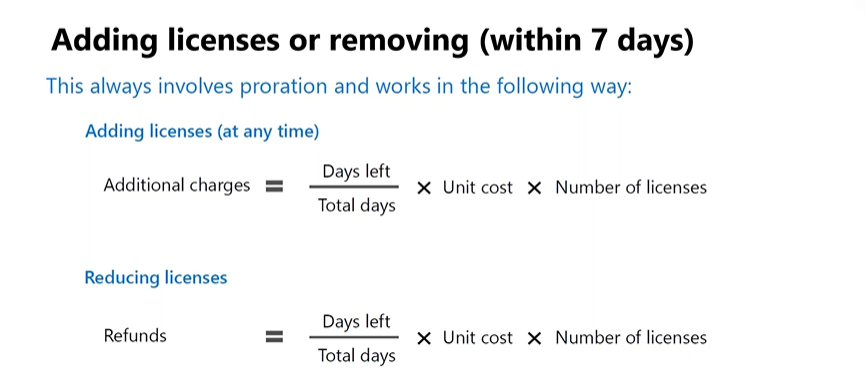

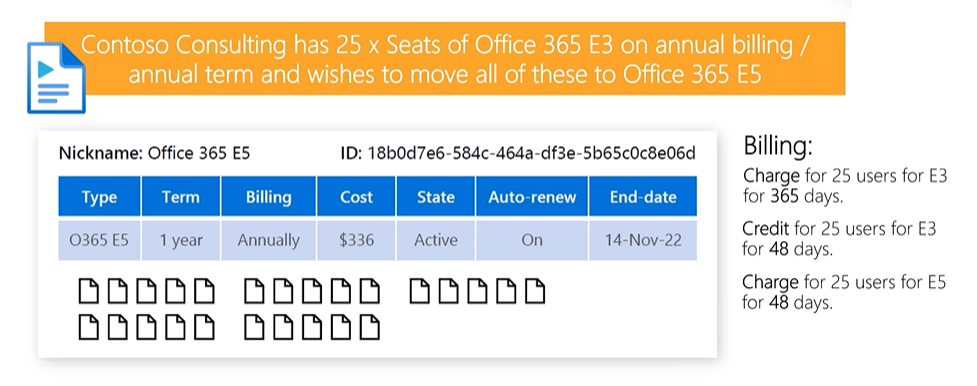
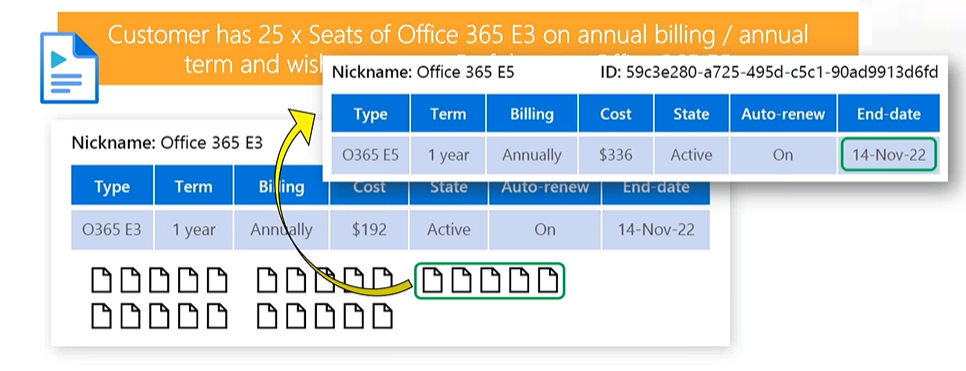

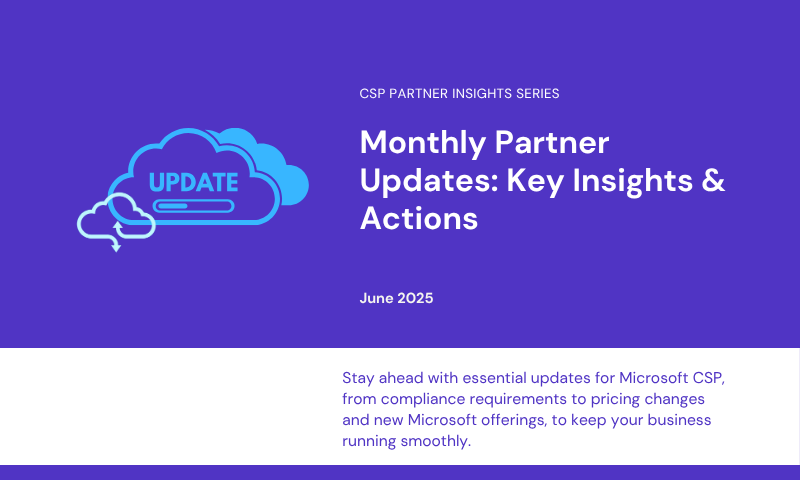

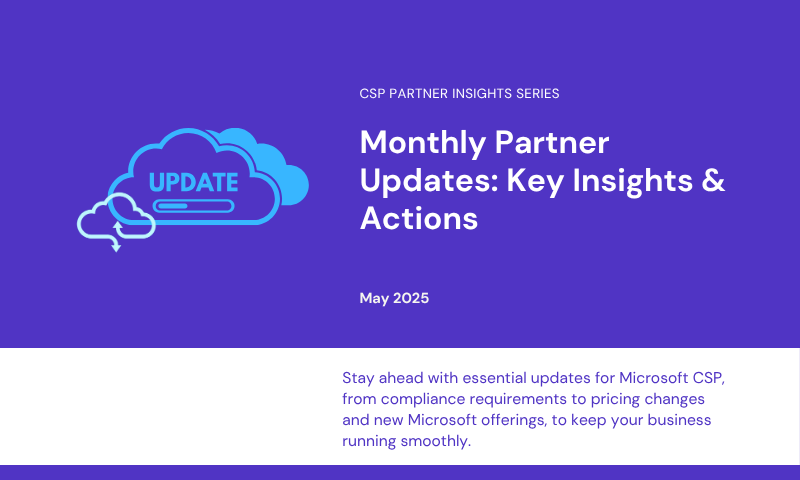
Leave A Comment